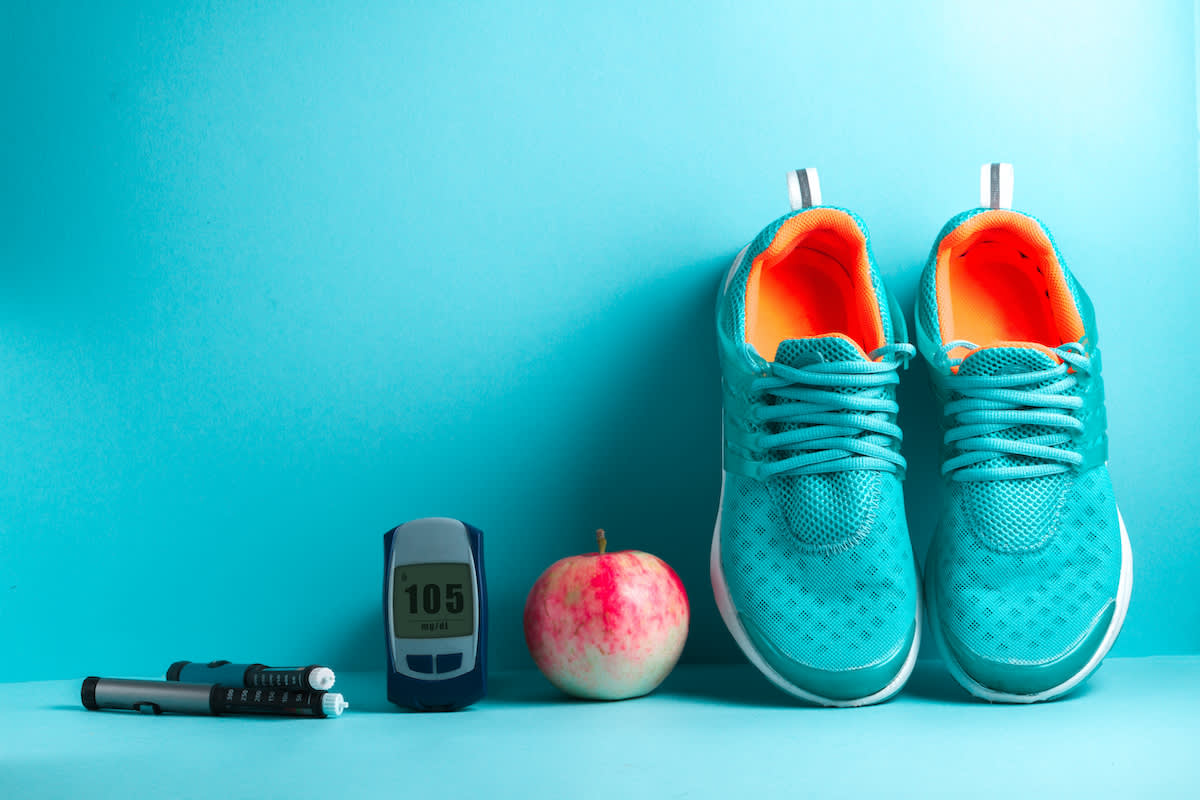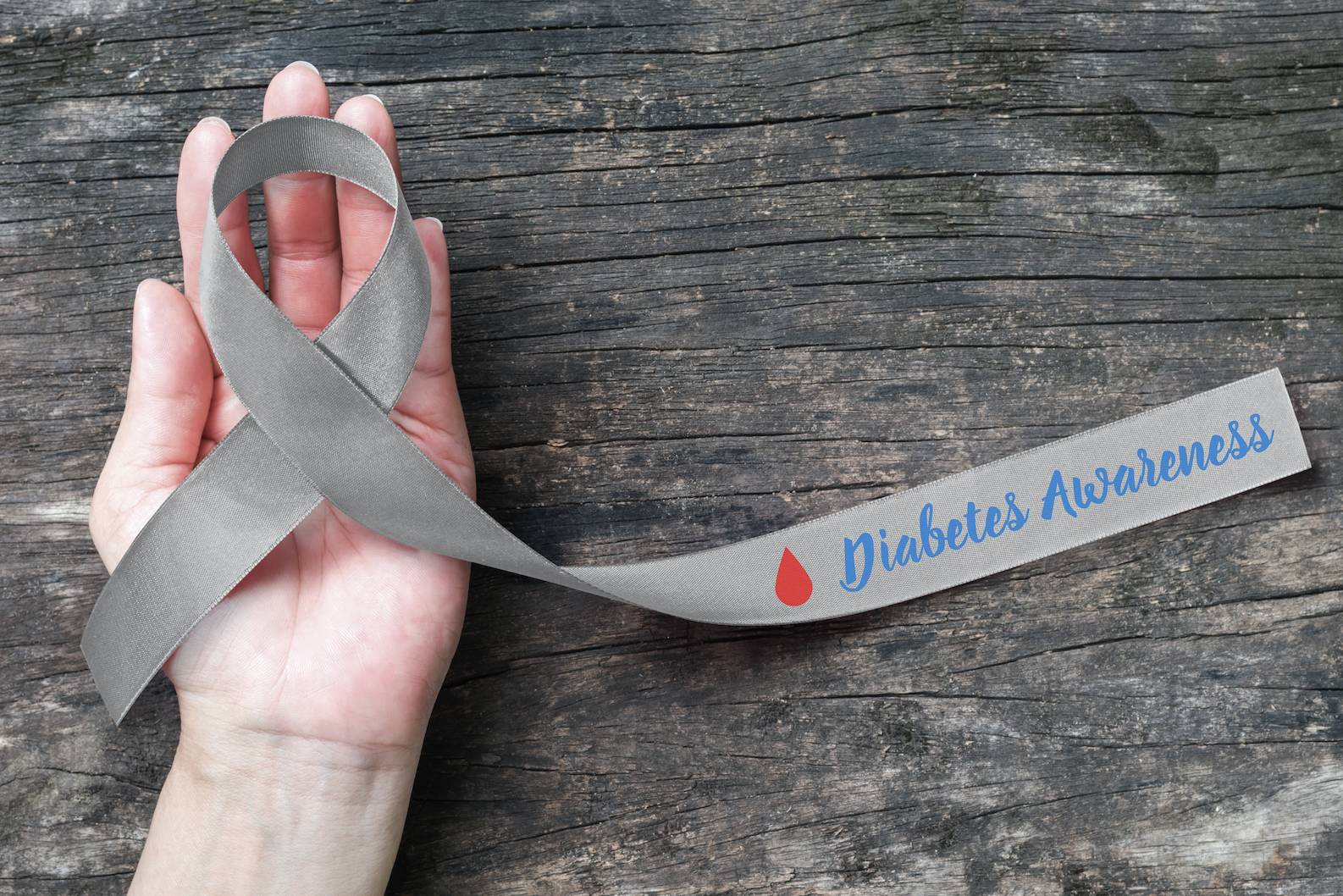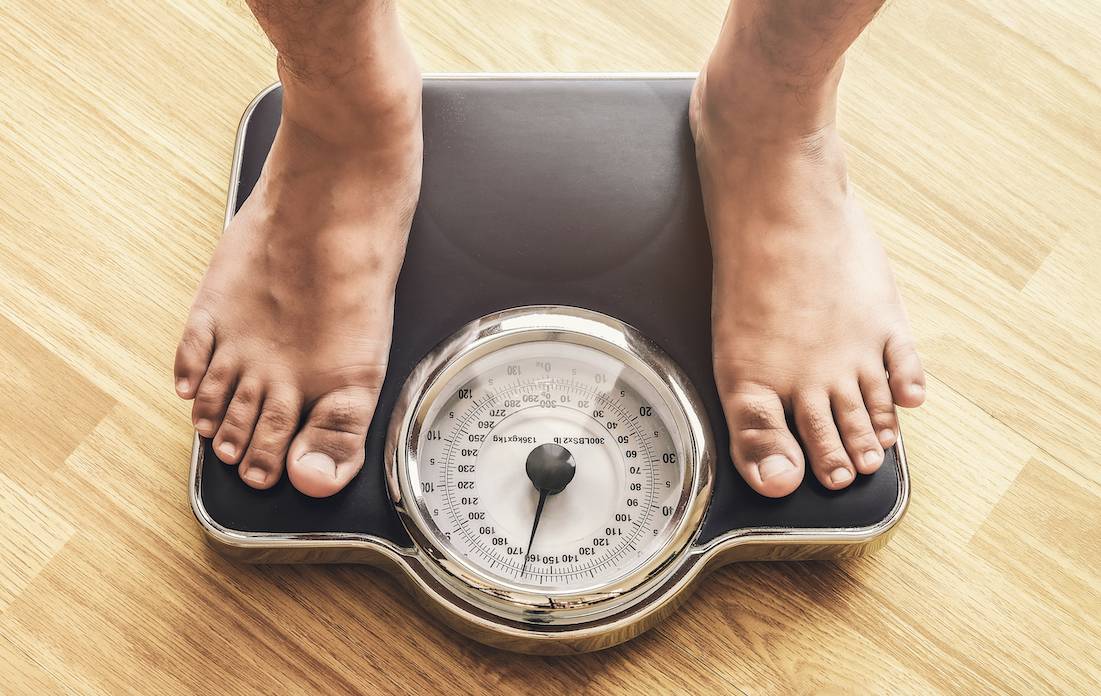
With Halloween behind us and the holiday season tiptoeing our way, it only seems appropriate that November is Diabetes Awareness Month.
For the millions living with diabetes mellitus, this time is an opportunity to exchange stories and learn more about the disease that affects 10% of our nation. At Viome, we’re sharing the latest in diabetes research and offering evidence-based tips you can use to optimize your health.
The Thunder before the Lightning of Diabetes
If you’re familiar with diabetes, you may not know that ‘pre-diabetes’ is an alarmingly prevalent condition affecting 1 in 3 Americans. Though less severe, this condition can lead to a type 2 diagnosis. Often silent and creeping, most with prediabetes don’t even know they’re at risk. But what exactly is pre-diabetes, and how does it differ from its more mature counterparts? And most importantly – what can we do about it?
From Food to Fuel
To understand the impact of diabetes, it helps to understand the specialized role our digestive system and blood play in distributing nutrients and energy to the rest of our body.
Our body requires fuel, just like any machine. Without it, we have no energy to function. But unlike normal machines, humans don’t just go from full to empty and shut down. Our bodies are expertly crafted machines with overlapping ‘redundancies’ that give us multiple systems that help stabilize our energy levels in times of excess or deficit.
Our bodies are extremely well adapted to navigating through the normal ebbs and flows between our meals.
The moment you place food in your mouth, your body begins breaking it down into micro-molecules that can be more easily transported to your muscles, brain, and other organs. As your food becomes digested, it gets converted into simple sugars, fats, and proteins. From your stomach to your intestines (and to your gut microbiome), these nutrients eventually enter into your bloodstream.
These energy building blocks are taken for the ride of their lives as they enter blood circulation. But they can’t simply arrive at their destination and expect doors to just open. Our bodies have very strict locks and passcodes to help keep out particles (and pathogens) that don’t belong inside our cells. In order to enter a cell, our body must produce the right hormone “password’’ to signal to the cells it’s time to open up.
Perhaps most important of these is insulin, the hormone that acts as the secret password to help simple sugars (in the form of glucose) enter the cell. Without insulin, the glucose in our blood would never be converted to energy and would continue to circulate in our bloodstream before filtering out through our urine. This has a profoundly negative effect that can cause serious consequences to our body. Symptoms of high blood sugar include increased thirst, fatigue, frequent urination, nausea, or stomach pain. Eventually, it can become a fully matured condition called diabetes with significant long-term effects. Damaged blood vessels, a heightened risk of infection, inability for wounds to heal, and nerve damage are all severe consequences of diabetes.
Specifically, type 2 diabetes refers to a condition where the body is continuing to produce insulin, but something is keeping it from properly communicating with our cells.
Obesity and Prediabetes
Research has shown that the leading cause of type 2 diabetes is obesity. Our fat tissue is known as our energy storage sites - and it’s a necessary aspect of a healthy body. Part of our energy system, storing extra fuel helps us have stable flows of energy when we’re not eating. But fat tissue has other roles as well. Part of our endocrine system, fat tissue also communicates with the rest of the body through hormones. However, as excess fat accumulates - increasing your risk of obesity - your body can become swamped with these signals. This can overwhelm your body’s messaging system and even cause inflammation.
Obesity is now known widely as chronic inflammatory disease. As inflammation levels rise, and the body gets swamped with hormones, it can make it difficult for our cells to ‘hear’ insulin at the door.
It’s a little like trying to tell a password to the doorsman in a loud, crowded room. There’s no guarantee you’re heard, even if the password is correct. Scientists refer to this dysfunction as ‘insulin resistance.’
Quieting the Room
If you’re experiencing a trend of prediabetes through insulin resistance, there is hope. The natural reaction is to find a way to quiet the herd. This can be achieved by taking control over your diet. So remember these key tips:
Exercise has been shown as one of the best ways of stabilizing high blood sugar. Activity increases the sensitivity of your cells to insulin and helps bring glucose into the cell to be used for energy. It can also help reduce inflammation levels that contribute to insulin resistance.
Fight back against fat gain! Improving your diet and entering into an ‘energy deficit’ can help lower your fat tissue and reduce insulin resistance within you. Scientists agree that maintaining a healthy weight is hands-down the best way you can combat prediabetes.
Reducing your sugar intake is the most important step you can take. Sugar dense foods can spike your blood glucose levels. It takes more time and effort to bring your levels down if your insulin is busy knocking on every door.
Pro Tip: Individuals with diabetes often concentrate on their carbohydrate footprint. Carbohydrates are the types of foods we consume that are converted into glucose, but research has found generalizing the type of carbohydrate isn’t doing us any favors. In research from our own scientists at Viome, we found that people experienced very different blood sugar responses to carbohydrate-rich foods. So don’t take generic nutritional advice at face value. You might be doing more harm than good.
This is why Viome represents a new trend in precision nutrition. We acknowledge each person has their own unique needs, just like they have their own unique fingerprints, and gut microbiome. You may respond to some foods very differently than your neighbor. Understanding how to change your health starts with appreciating how special you are. You deserve personalized recommendations that fit the needs of your own body. Whether you’re fighting systemic inflammation, learning about prediabetes, or simply looking for the best nutritional insight for you, Viome is there. We’re here to give you the power and knowledge to change your health for the better.
The information on the Viome website is provided for informational purposes only and with the understanding that Viome is not engaged in rendering medical advice or recommendations. Viome provides this educational information to share the exciting developments being reported in the scientific literature about the human microbiome and your health. Viome products are not intended to diagnose, treat, or prevent any disease.
These statements have not been evaluated by the Food and Drug Administration. This product is not intended to diagnose, treat, cure, or prevent any disease.



